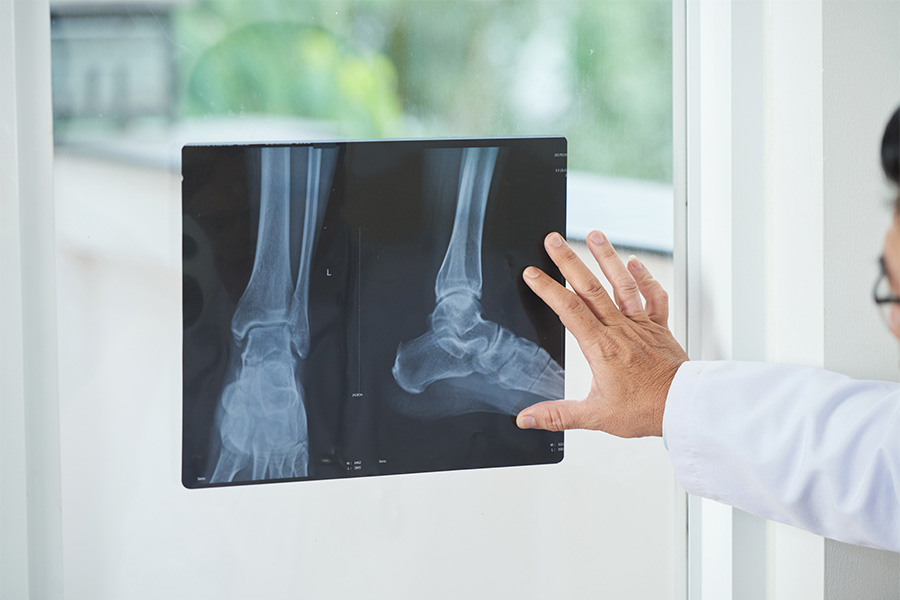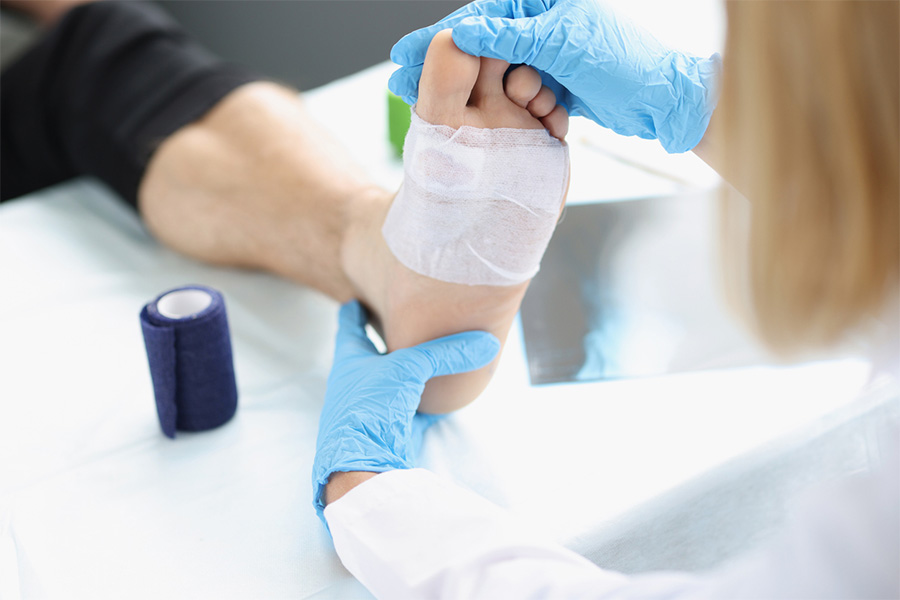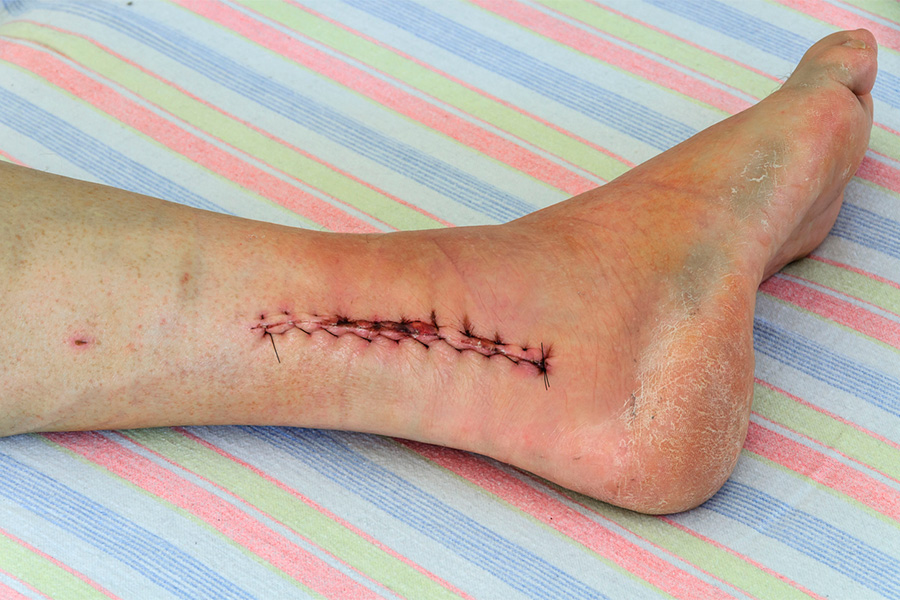Big toe joint pain can be a debilitating condition, causing pain and discomfort in the big toe joint every time you walk or move your toe. Fortunately, there are ways to relieve this pain and return to your normal routine.
Let’s learn why big toe joint pain occurs, how to relieve this pain, and you can go in Cincinnati, OH, to find the best foot and ankle care.
What is Big Toe Joint Pain, and What Are the Symptoms?
Big toe joint pain, also known as hallux rigidus, is a condition that affects the joint at the base of the big toe. This joint is responsible for bending and straightening the big toe. The pain can be caused by many things, such as arthritis, gout, or an injury. Symptoms of big toe joint pain can include swelling, redness, warmth, pain when bending or straightening the toe, and difficulty walking.
What Causes Big Toe Joint Pain?
Arthritis is the most common cause of big toe joint pain. This is a condition that causes inflammation and damage to the joints. Gout is another common cause of big toe joint pain. This condition results from high levels of uric acid in the blood. When this acid accumulates in the joints, it can form small, sharp crystals that can inflame the joint and cause pain. Injury to the big toe joint can also cause pain and discomfort.
How to Relieve Big Toe Joint Pain
There are many ways to relieve big toe joint pain. Here are some tips:
1. Soak your foot in cold water for 30 seconds and then in hot water for 30 seconds. This is known as a contrast bath and helps to relieve inflammation.
2. Take over-the-counter medications, such as ibuprofen or naproxen to reduce pain and inflammation.
3. Wear shoes that have a good amount of support and cushioning. It is important that your shoes provide adequate room for your toes and do not squeeze them together.
4. Place pads around your big toe in your shoe to prevent excess movement, and avoid activities like jogging or running, which put more stress on the toe joint.
5. If your big toe pain is caused by gout, drinking lots of water during a flare-up (16 glasses a day) may help slow gout crystal formation and can help flush existing crystals from your system.
When to See a Doctor for Big Toe Joint Pain
If you are experiencing persistently severe symptoms that do not improve with self-treatment, you should see a doctor for evaluation. You may need prescription medication or additional treatment options to relieve your symptoms.
Big Toe Joint Pain Treatment Near Me
If you have tried at-home treatments for big toe pain and still don’t see relief, look no further than Cincinnati Foot and Ankle Care. Our podiatrists are dedicated to providing relief from foot and ankle pain and helping to prevent injuries and pain in the future by educating patients on proper foot health and habits.
To make an appointment with us, call our location nearest you or request an appointment now. We look forward to getting you feeling better!
Share

Surgeons can provide both surgical and nonsurgical care.




